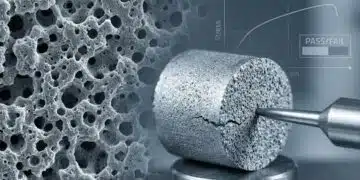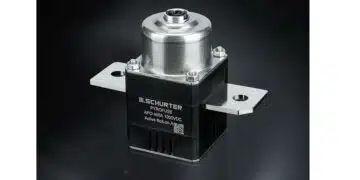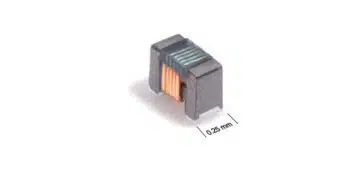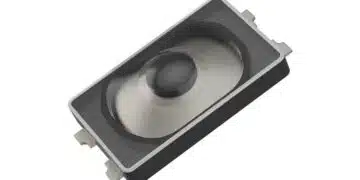This video presented by Eaton, as part of Industry Tech Days organized by All About Circuits, provides an explanation and selection guideline on overvoltage protection devices such as TVS Diodes, MOVs, and polymer ESD MOV Varistors.
The comparative analysis of these components, highlighting their advantages and limitations.
The presentation explores insights into the criteria for selecting the appropriate overvoltage protection based on factors such as response time, energy handling capacity, and form factor.
Attendees will be equipped with the knowledge to make informed decisions in designing robust and resilient electronic circuits.





























